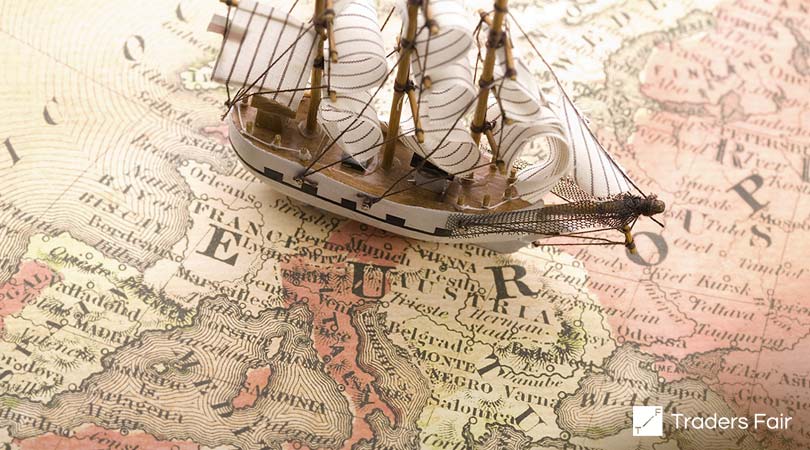History's Biggest Trade Fights
07 October 2020

Below are five facts on some of history’s most intense economic conflicts, and how they were ultimately resolved.
1. The first Opium War of the 1840s stemmed from China’s attempt to prevent opium from entering its empire. At the time the opium market in India, Britain’s former colony, was thriving. But opium was proving to be a scourge on Chinese society. After Chinese leadership ordered to halt all overseas opium trading, the British issued a military response. As part of the truce agreement Britain ultimately claimed Hong Kong as a British territory.
2. The Smoot-Hawley tariffs of the 1930s were designed to protect the U.S. agriculture business, but ultimately included more than 800 tariffs across industries. The tariffs were enacted just as the Great Depression was starting, which further sank the economy. According to NPR, countries around the world responded to the tariffs by forming trade blocs and levying counter-tariffs. Ultimately, global trade fell by 26 percent, and both of the bill’s namesakes (Sen. Smoot and Rep. Hawley) were soon voted out of office.
3. That same decade the Irish Free State (the name of Ireland between 1922 and 1937) and Britain started a trade war where Britain imposed a 20 percent import duty on all goods from its neighbor. The fallout for the Irish Free State was devastating. Many farmers went bankrupt when the cattle industry collapsed, unemployment rose more than 400 percent, and emigration rose sharply. Britain ended the trade war on the brink of World War II, when the political situation across the continent worsened precipitously.
4. The Pasta War of the 1980s began when President Reagan sought to protect domestic pasta makers, part of what was a $1.3 billion-a-year industry. During this era, demand for European pasta, particularly from Italy, increased exponentially, while the sales of American purveyors stagnated. President Reagan issued duties on pasta imports, and Europe then struck back by putting tariffs on U.S. lemons and walnuts. The U.S. and Europe eventually reached an agreement before the situation escalated into a full-fledged trade war.
5. The Banana Wars of the 1990s started when European countries decided they wanted to support small banana producers in their former colonies, and escalated when the U.S. and Latin American countries retaliated. During the Banana Wars, Chiquita, an American company, lost a huge part of its European market share. According to The New York Times, U.S.-based banana companies and the Latin American countries in which they were grown then sued the EU. When it looked like the Banana Wars would turn into a larger trade war, and required a diplomatic response, then–Secretary of State Madeleine Albright said she never in her life thought she would spend so much time talking about bananas. After more than two decades, the conflict eventually ended when Europe agreed to reduce tariffs on Latin American bananas by 35 percent.
Back to blog 

